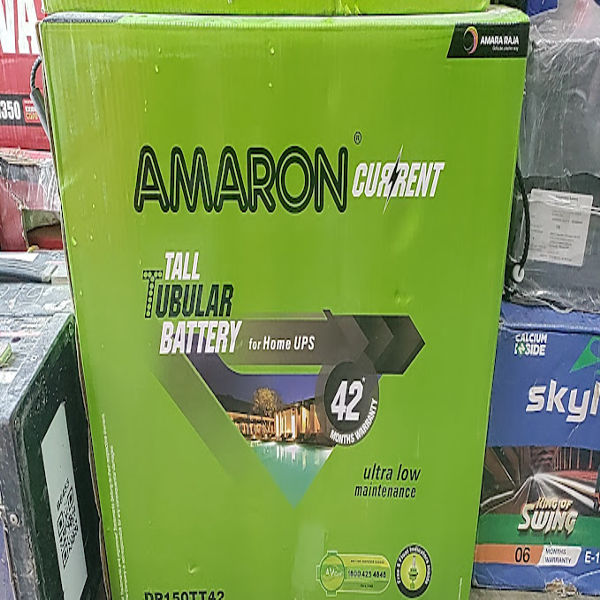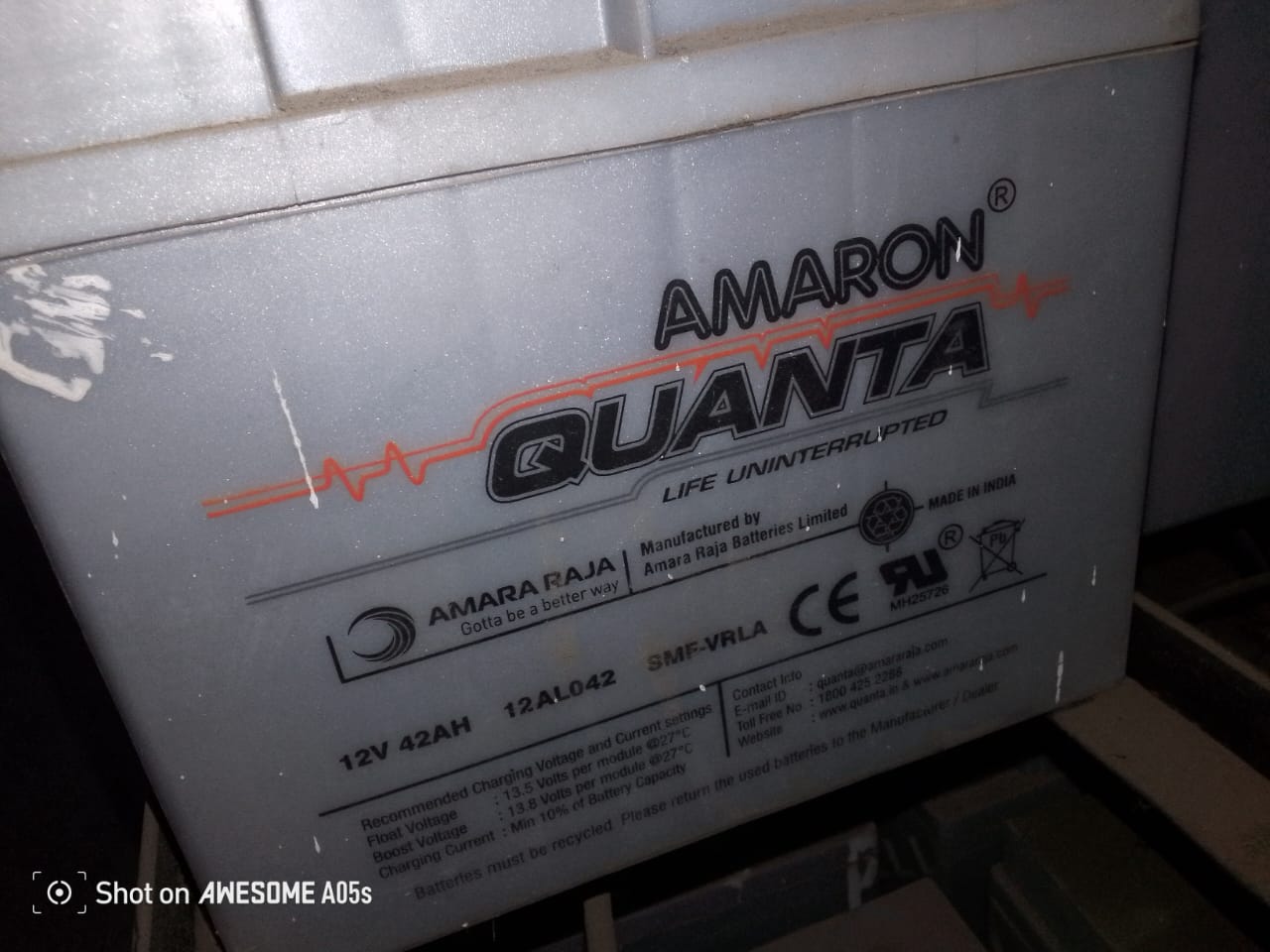Vertiv Online Ups
Vertiv offers a range of online UPS (Uninterruptible Power Supply) systems designed to provide reliable power protection for critical applications, including data centers, telecommunications, and industrial environments. Here’s a detailed overview of Vertiv's online UPS solutions, including key features, specifications, benefits, and maintenance practices.
Vertiv Online UPS Overview
Purpose:
Online UPS systems are designed to ensure continuous and clean power supply by converting incoming AC power to DC and then back to AC. This process provides maximum protection against power disturbances such as surges, sags, and outages.
Key Features
Continuous Power Supply:
Provides uninterrupted power during outages, ensuring that sensitive equipment remains operational.
Double-Conversion Technology:
Converts incoming AC to DC and back to AC, delivering stable and high-quality power output.
High Efficiency:
Many models boast efficiencies of 95% or higher, particularly in eco-mode, reducing energy costs.
Scalability:
Options for parallel operation allow for easy scaling of capacity by adding additional units.
Advanced Battery Management:
Features for monitoring battery health, optimizing performance, and extending battery life, including temperature and state of charge monitoring.
User-Friendly Interface:
LCD or LED displays provide real-time data on power status, battery health, and load levels.
Network Management Capabilities:
Integration with remote monitoring systems through SNMP, allowing for proactive management and alerts.
Vibration and Shock Resistance:
Designed to withstand harsh operating conditions, making them suitable for industrial environments.
Flexible Input/Output Options:
Supports various voltages and phases, accommodating different application requirements.
Specifications (Typical)
Input Voltage: 380/400/415 V (three-phase), with some models supporting single-phase.
Output Voltage: 380/400/415 V (three-phase).
Output Frequency: 50/60 Hz (auto-sensing).
Capacity Range: Varies widely, from small systems (1 kVA) to large systems (up to 500 kVA or more).
Efficiency: Typically 95% to 98%, depending on model and operating conditions.
Form Factor: Available in tower or rack-mounted configurations.
Benefits
Reliability:
Provides a stable power supply, protecting sensitive equipment from power disturbances.
Improved Power Quality:
Filters out electrical noise and provides clean power, which is crucial for IT and telecommunications equipment.
Cost Savings:
High efficiency reduces operational costs, and predictive maintenance can prevent costly downtime.
Robust Performance:
Designed for heavy loads and capable of maintaining performance under varying conditions.
Remote Monitoring:
Enables proactive management and quick response to potential issues, enhancing system reliability.
Maintenance and Support
Regular Inspections:
Schedule periodic checks to assess the condition of the UPS and batteries.
Preventive Maintenance:
Includes cleaning, tightening connections, and replacing worn-out components as necessary.
Battery Management:
Monitor battery health, conduct load tests, and replace batteries according to manufacturer guidelines.
Documentation:
Maintain records of inspections, tests, and repairs to track system performance over time.
Professional Support:
Engage professional services for emergency repairs, technical support, and routine maintenance.
Conclusion
Vertiv's online UPS systems provide critical power protection for a variety of applications. With their advanced features, high efficiency, and robust design, they are ideal for ensuring reliable power in environments where uptime is essential. Proper maintenance and proactive management are key to maximizing performance and longevity.
If you need more specific information about particular models, configurations, or any other aspect, feel free to ask!
Send
Message








